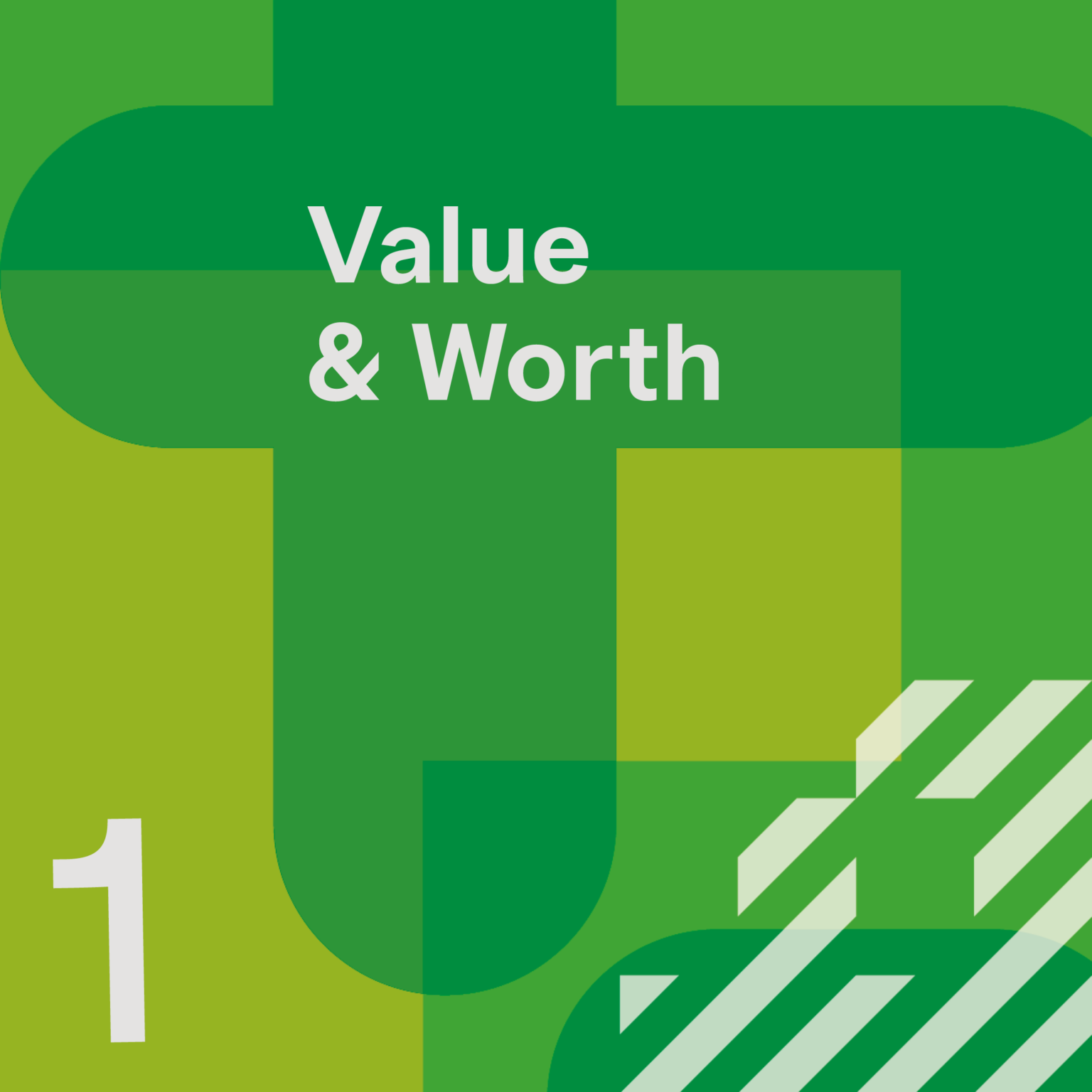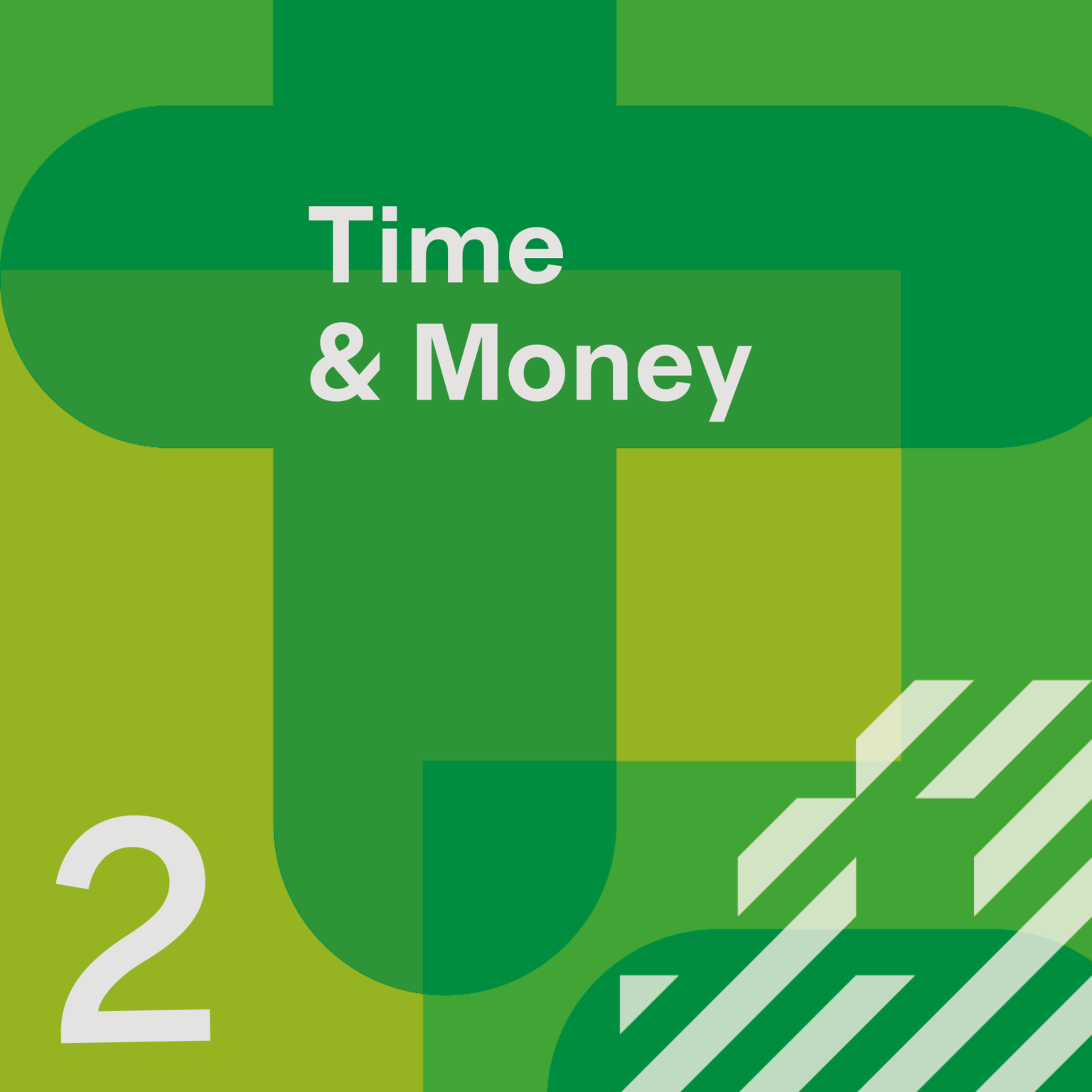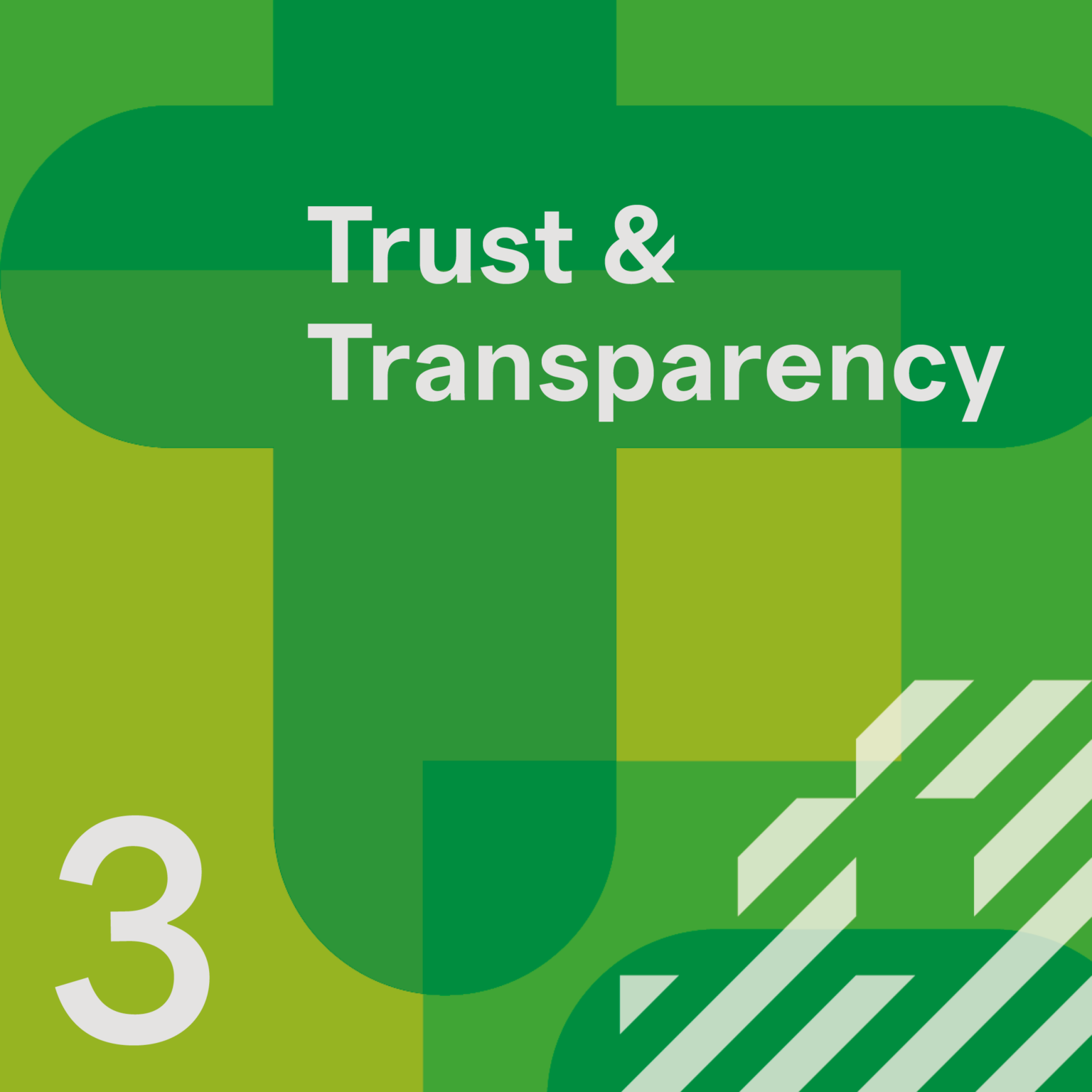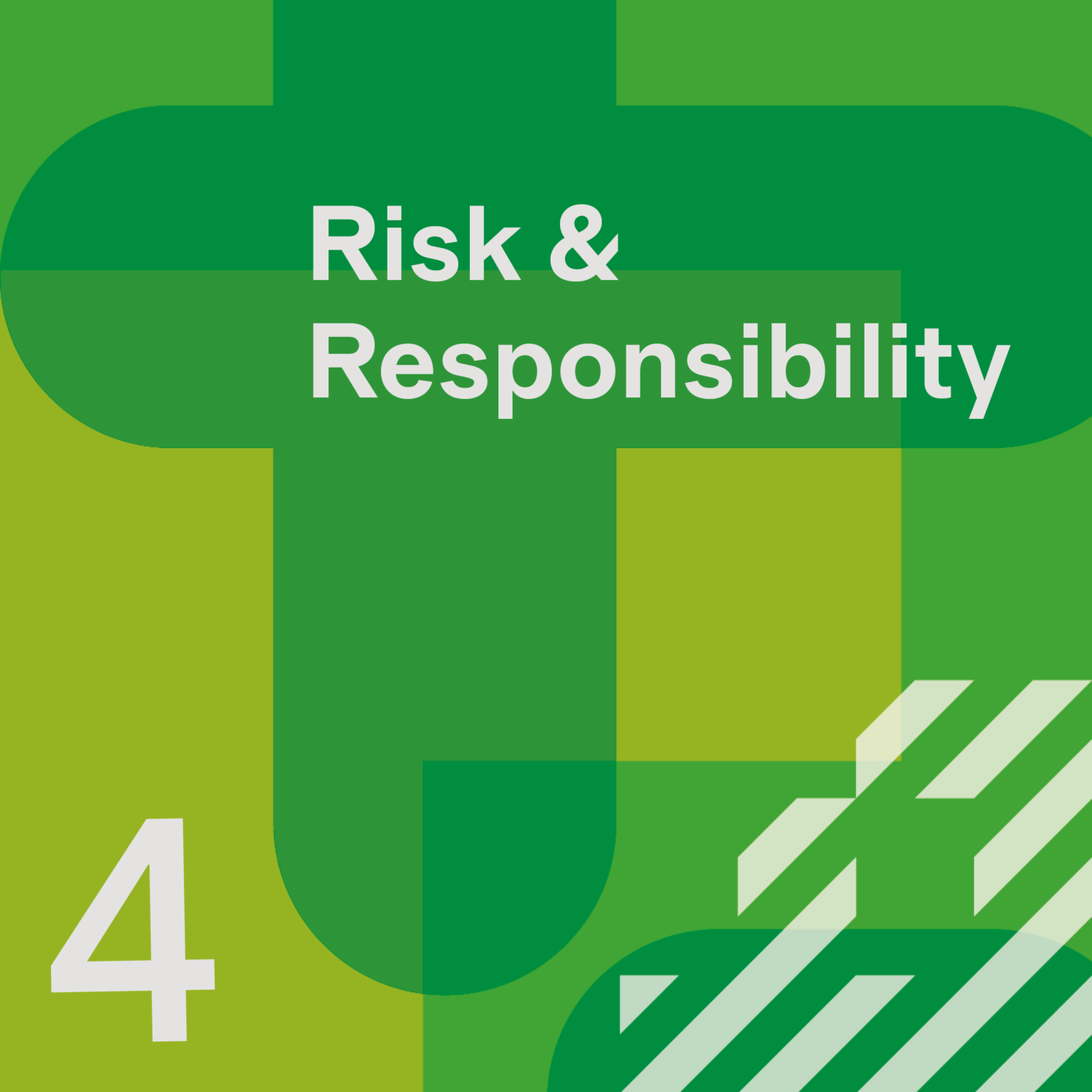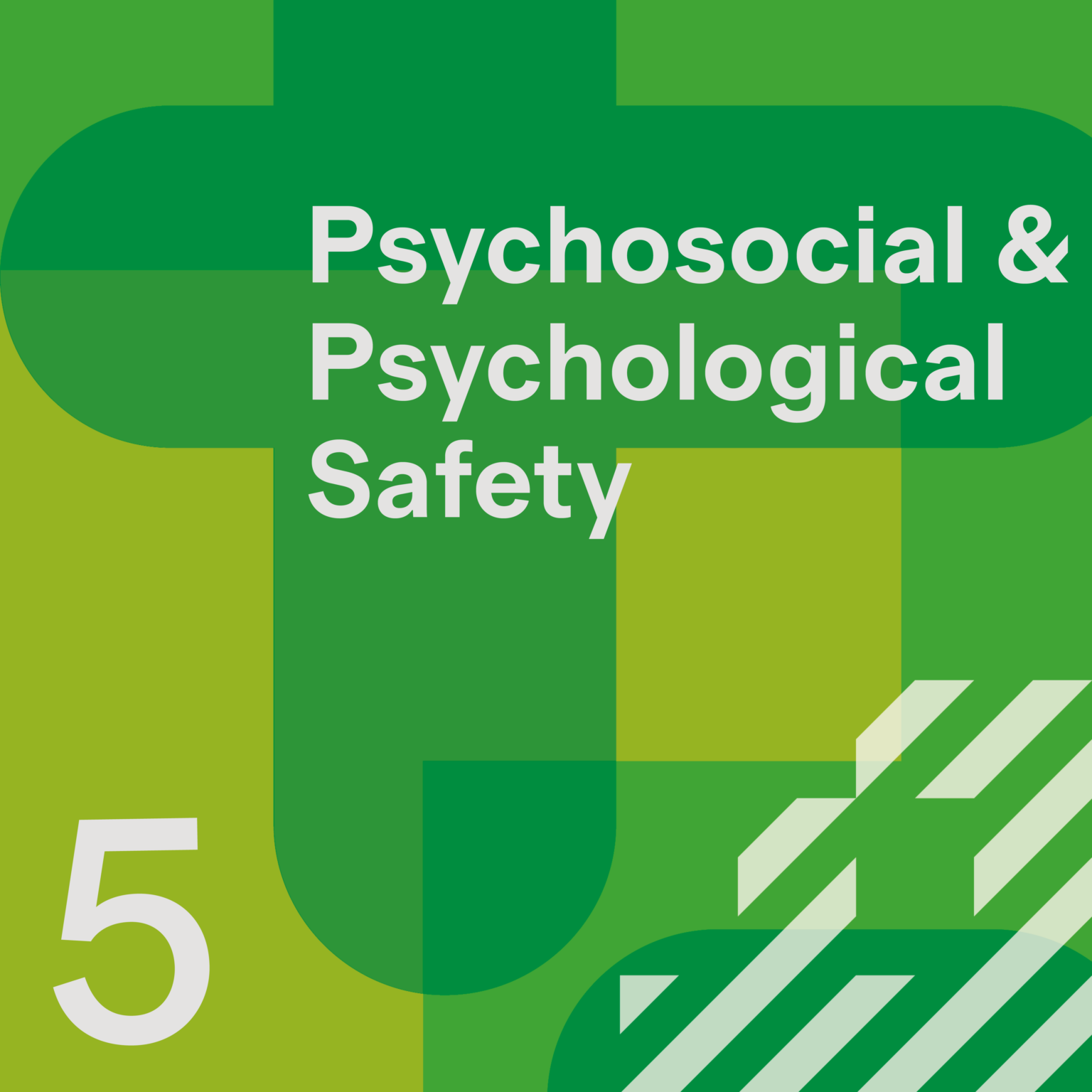Perceptions of how architecture is valued, how architects value themselves, and the values that motivate practitioners and practices all impact wellbeing in complex, interconnected ways. The creative potential of the profession and a strong sense of the contribution it can make to healthy, inclusive communities motivates many practitioners. This has a positive, protective impact on wellbeing. Challenges arise when this commitment coincides with the perception that architecture and the work of architects is undervalued – both within and beyond the profession. The frequent comment “I love the work, but I don’t feel valued,” encapsulates this tension.
This guide explores the interplay between values and value, worth and wellbeing. It offers advice about articulating the values that underpin the work of architects and embedding these in everyday professional activities and processes. It provides recommendations to help people, practices and professional organisations to better measure the value that architecture and architectural services can bring in the medium and long term.
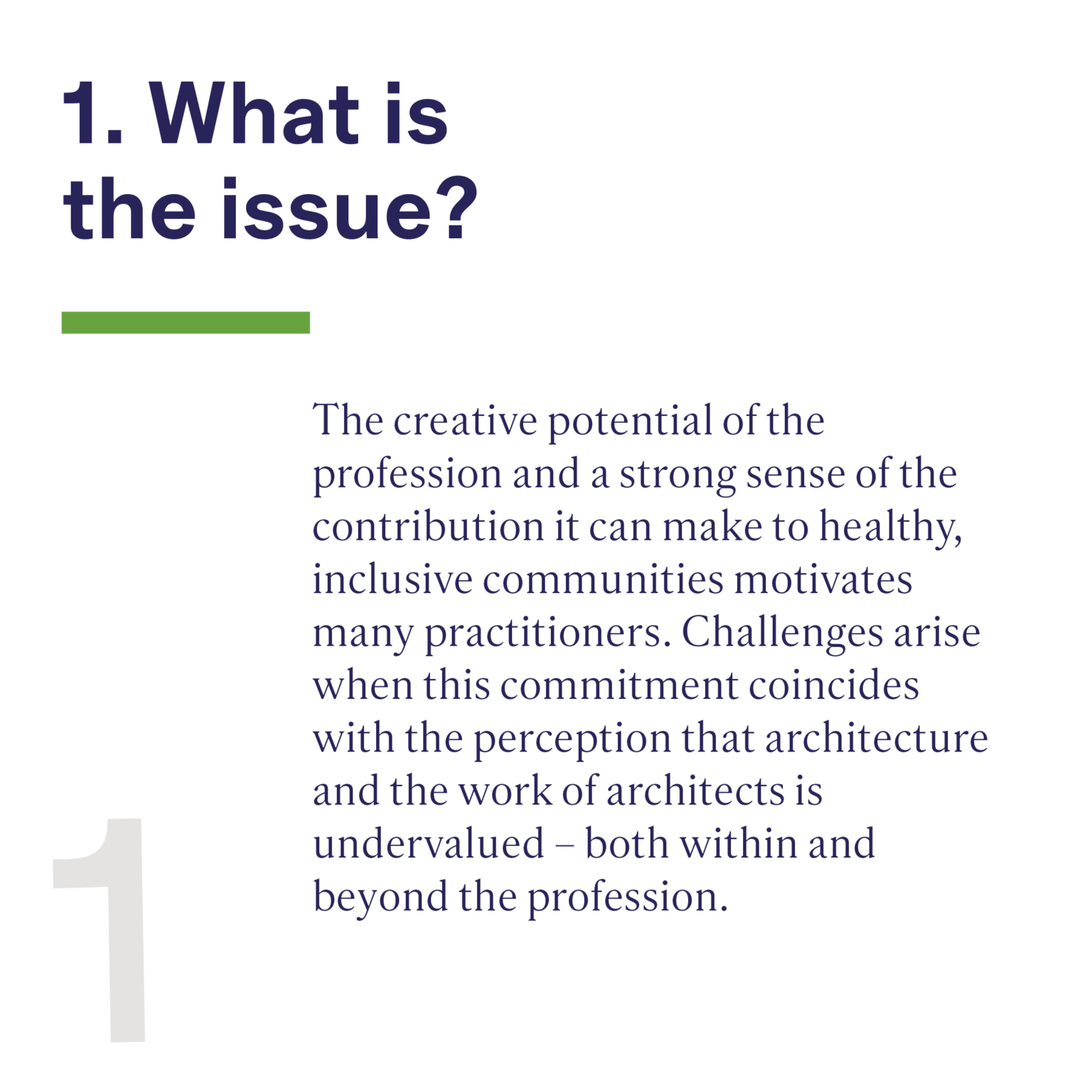
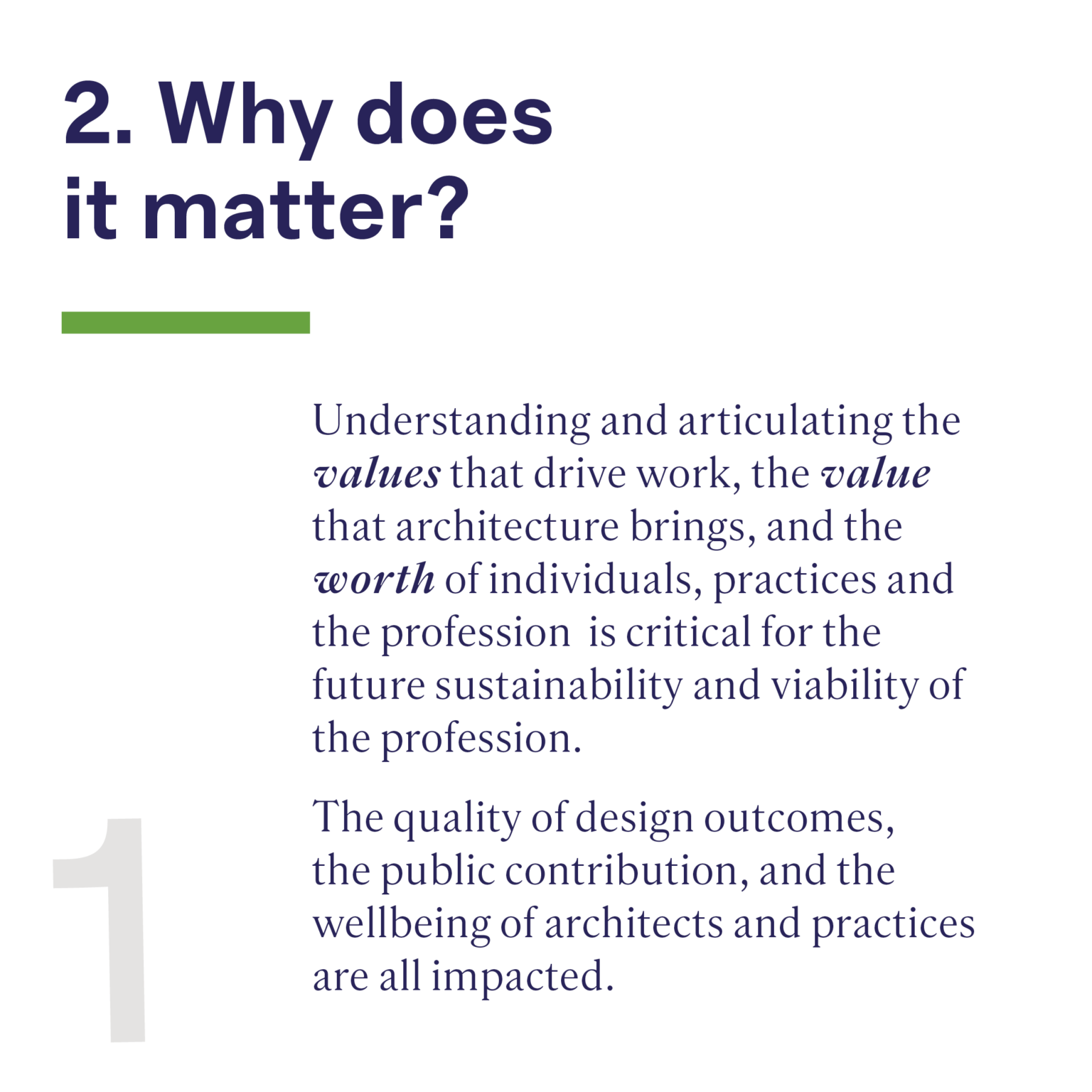
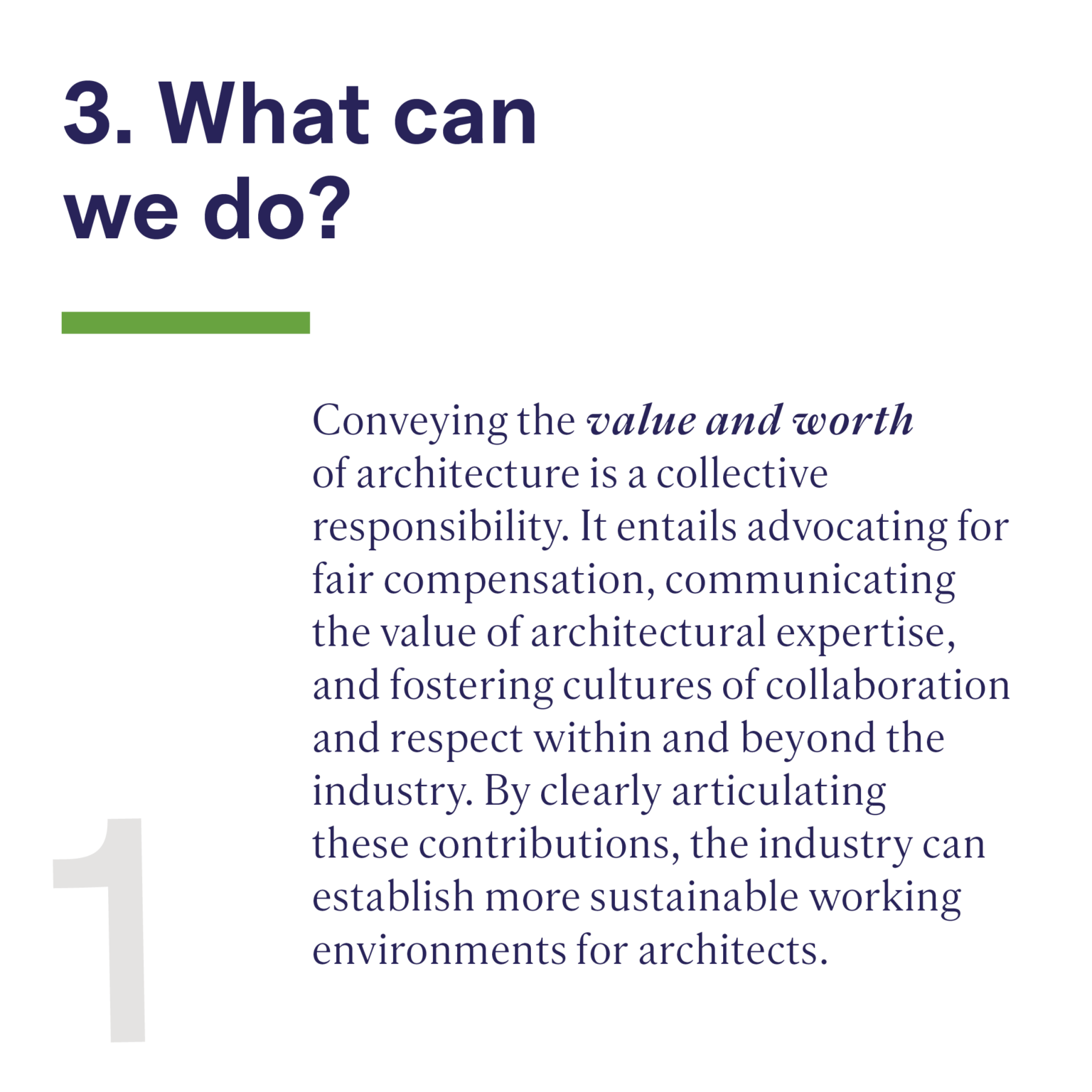
The Guides to Wellbeing in Architecture Practice are an outcome of the Wellbeing of Architects research project. They were published by Parlour in May 2024.
Primary author for this guide is Justine Clark, with Susie Ashworth and Alison McFadyen. It was edited by Susie Ashworth, with input from Maryam Gusheh and Naomi Stead. The project was managed by Alison McFadyen, with additional writing and research by Byron Kinnaird, Naomi Stead, Liz Battiston and Vicki Leibowitz. Full credits are available in the Guide acknowledgements.
Read the full set of guides
DISCLAIMER These guides provide overviews only, with prompts for thought and ideas for consideration. They are not a substitute for professional or legal advice.
Individuals and practices should seek advice regarding policy on wellbeing, employment and human resources, as well as advice about particular situations, from their legal, HR or other business adviser. Like the other guides in this series, this does not offer medical opinion, diagnosis or advice – individuals should consult their health professional as appropriate.







